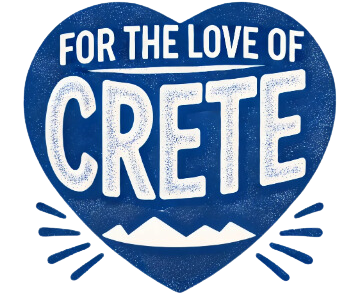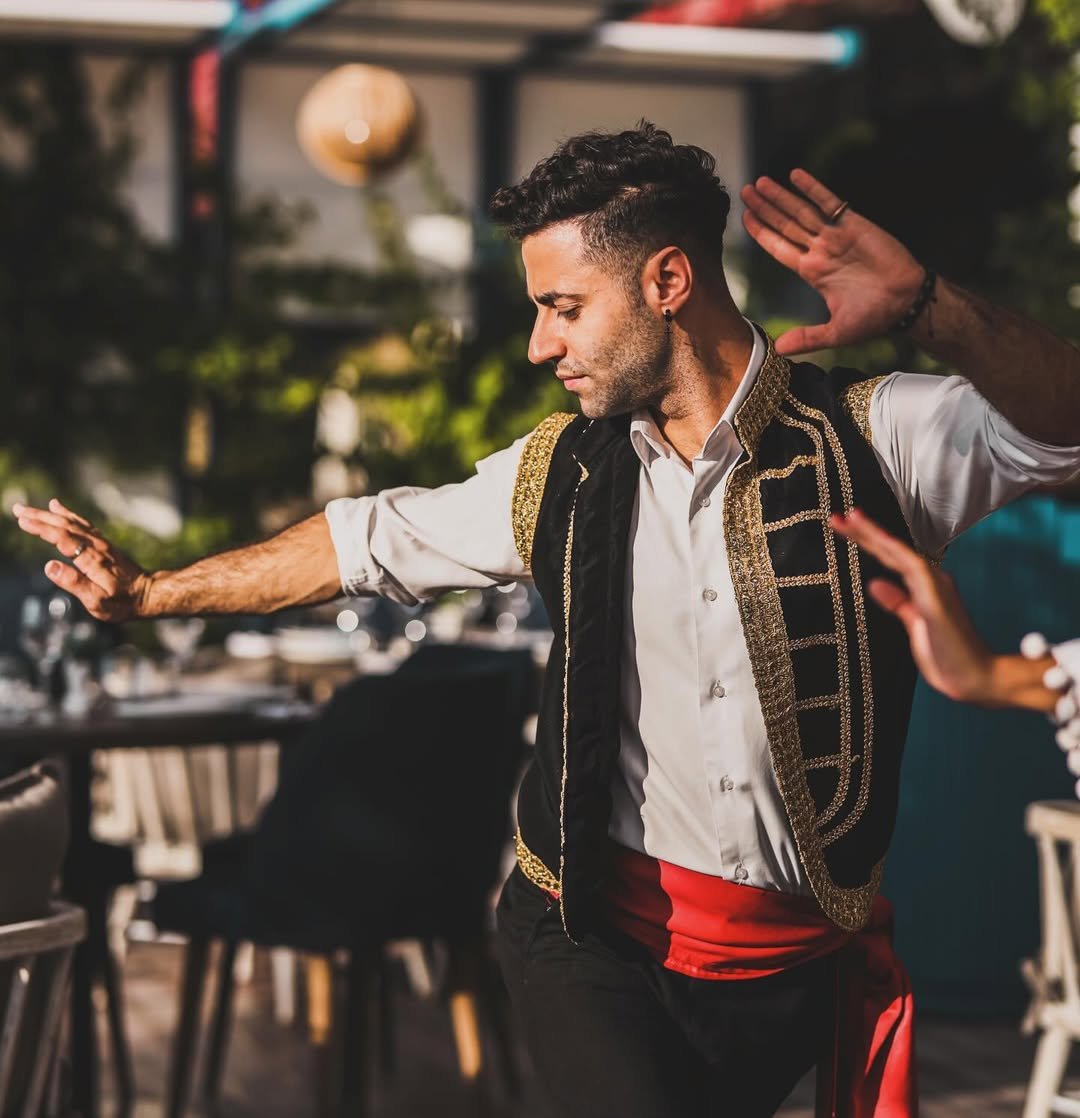The cultural significance of Zeibekiko (Ζεϊμπέκικο) in Greek culture runs deeper than most visitors expect. Set to a distinctive 9-beat rhythm (written in either 9/4 or 9/8 time) and traditionally accompanied by rebetiko music, this dance emerged as a powerful form of personal expression in the urban centers of 1920s Greece. While many traditional dances express communal joy, Zeibekiko transforms individual dancers into living storytellers through its signature swooping movements, earning it the nickname “the eagle dance.” From its origins among the marginal populations of Piraeus and Athens to its evolution into one of Greece’s most revered dance traditions, Zeibekiko embodies a unique aspect of Greek identity that has maintained its authentic character despite modernization.
These three key elements showcase not just how Zeibekiko differs from other cultural dances, but why its approach to personal expression offers valuable insights into contemporary Greek culture.
1. The Sacred Ritual: From Warriors to Modern Expression
The origins of Zeibekiko reflect a remarkable transformation in Greek cultural heritage. While many traditional dances emerge from celebrations and festivals, Zeibekiko traces its earliest influences to the Zeybek militia of Western Anatolia – a region with ancient Greek roots that maintained significant Greek populations throughout Ottoman rule. These local protectors would perform intricate movements inspired by birds of prey, initially as displays between armed warriors.
The original Zeybek traditions were known for:
- Their distinctive 9-beat rhythm, which sets the dance apart from other Greek dance forms
- The use of specific instruments like the bouzouki and baglamas, which would later become central to rebetiko music
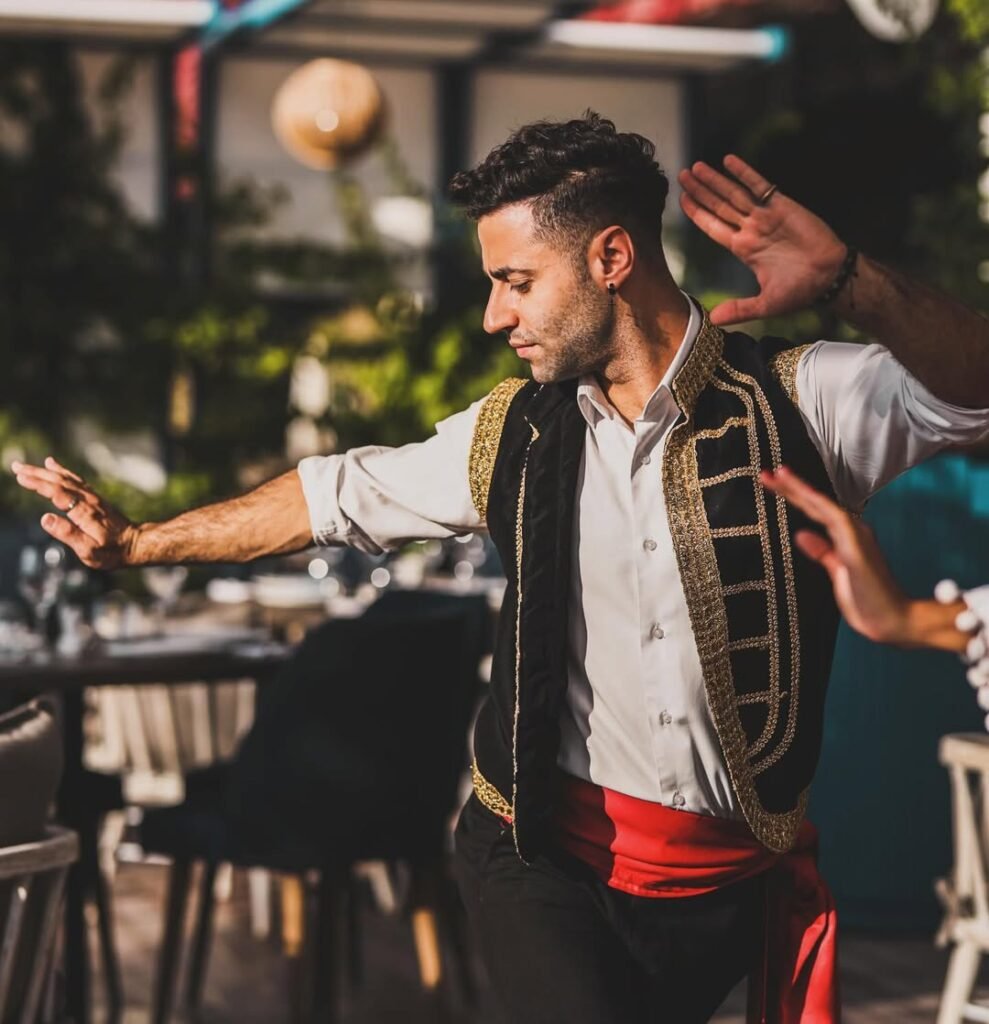
The dance underwent a profound evolution following the 1922 population exchange between Greece and Turkey. As communities resettled in urban centers like Piraeus and Athens, Zeibekiko found new life among the mangas culture and rebetes – marginal urban populations who transformed it into a deeply personal form of expression.
The manges (μάγκες) of 1930s Piraeus and Athens were more than just members of the working class – they were cultural innovators who shaped Zeibekiko’s modern character. Distinguished by their woolen hats (kavouraki), single-sleeved jackets, and worry beads (κομπολόγια – komboloia), these proud individuals lived by a strict moral code emphasizing personal dignity despite social marginalization. Their world of port life and underground tavernas, combined with their central role in the rebetiko music scene, transformed Zeibekiko from its martial origins into an expression of inner struggle and defiance.
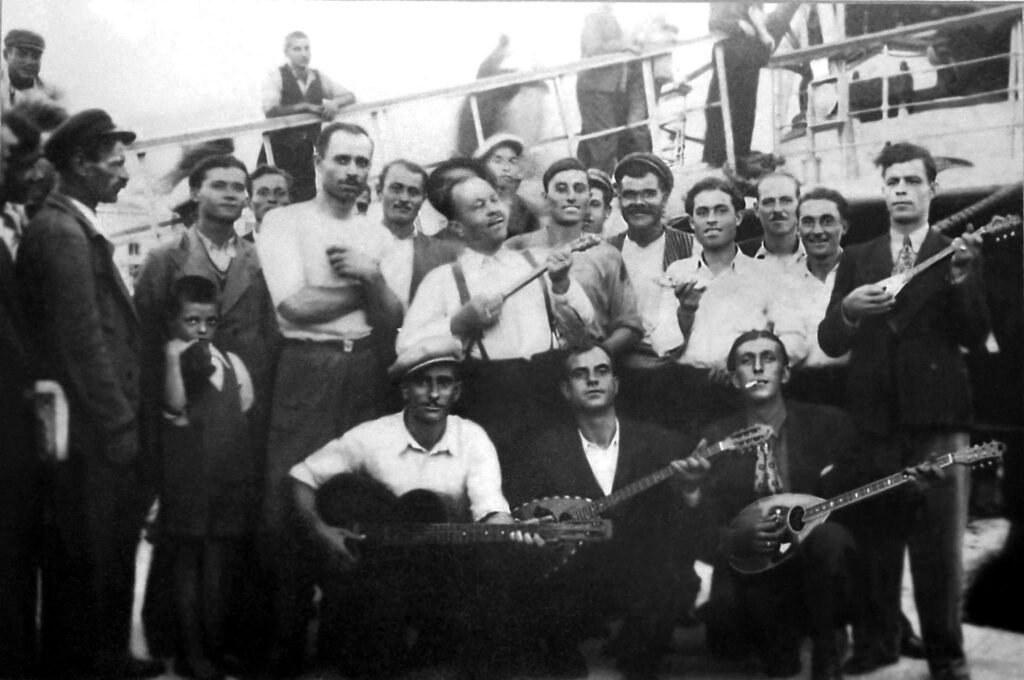
In modern Greek society, Zeibekiko has transcended these urban roots while preserving its spiritual essence. You’ll find it performed in tavernas, at family celebrations, and during cultural festivals, accompanied by the distinctive sound of the bouzouki and the soulful melodies of rebetiko music. This evolution – from warrior tradition to urban expression, and finally to widely embraced cultural practice – demonstrates how traditions can adapt while maintaining their core significance.
2. Dancing Solo: The Sacred Space of Personal Expression
Unlike the communal atmosphere of most traditional dances, Zeibekiko creates a distinct boundary of personal space that sets it apart in Greek culture. The performance unfolds through characteristic movements – bent knees, swooping motions, sudden drops, and slow, controlled rises – with dancers often snapping their fingers or holding worry beads as they move.
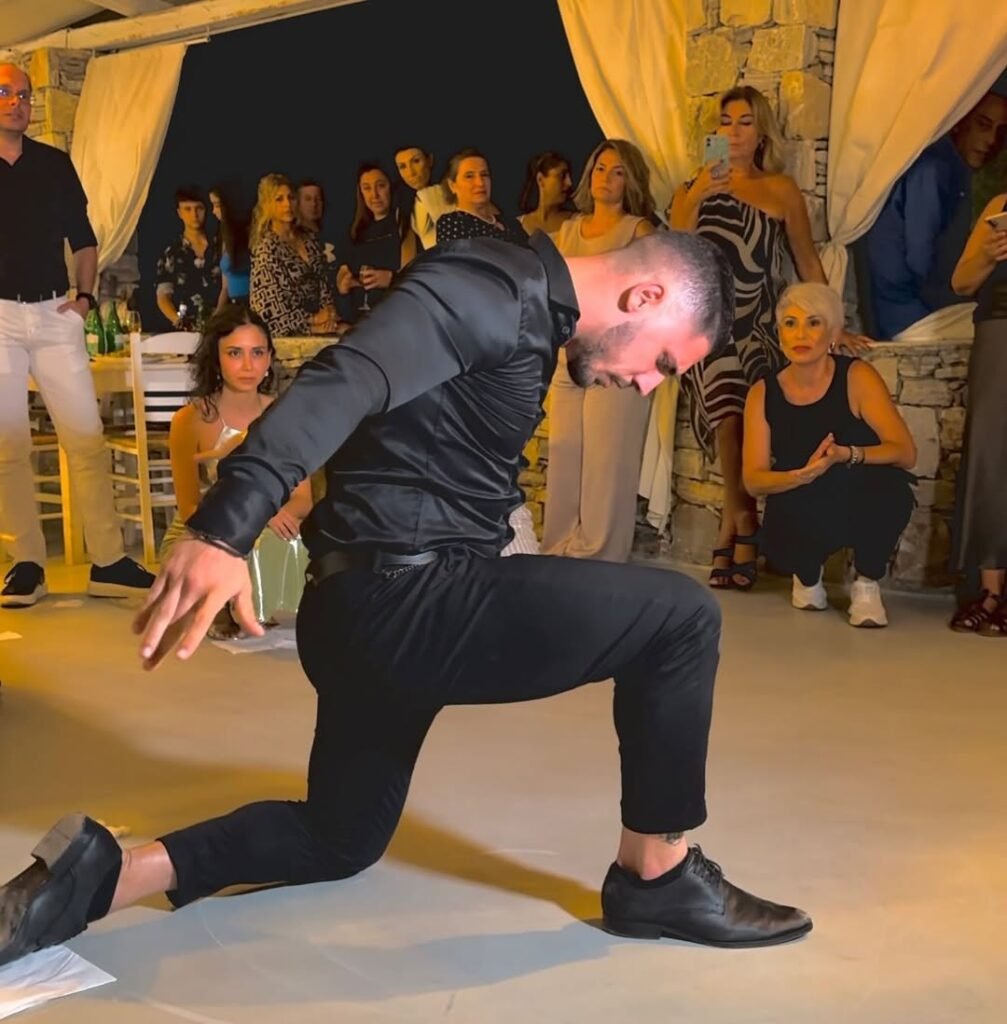
This respect for the dancer’s space runs so deep that it’s considered a serious cultural transgression to interrupt or interfere with a Zeibekiko performance. While tavernas and celebrations might be filled with lively conversation and movement, the moment someone begins their Zeibekiko, a reverent atmosphere descends upon the gathering, broken only by appreciative calls of “Opa!” and the traditional throwing of money (χαρτούρα – hartoura).
The choice of music plays a crucial role in the performance. Each dance typically starts slowly and builds in intensity as the performer becomes more immersed, often accompanied by the traditional consumption of ouzo. The practice has evolved into something akin to a physical meditation – a moment where personal struggles, joys, and life experiences find expression through movement.
The key elements of a Zeibekiko performance include:
- The creation of an unspoken boundary around the dancer, maintained through cultural respect and tradition
- A progression from slow, controlled movements to more intense expression as the dance builds
- The integration of traditional elements like finger-snapping and circular movements that define the dance’s character
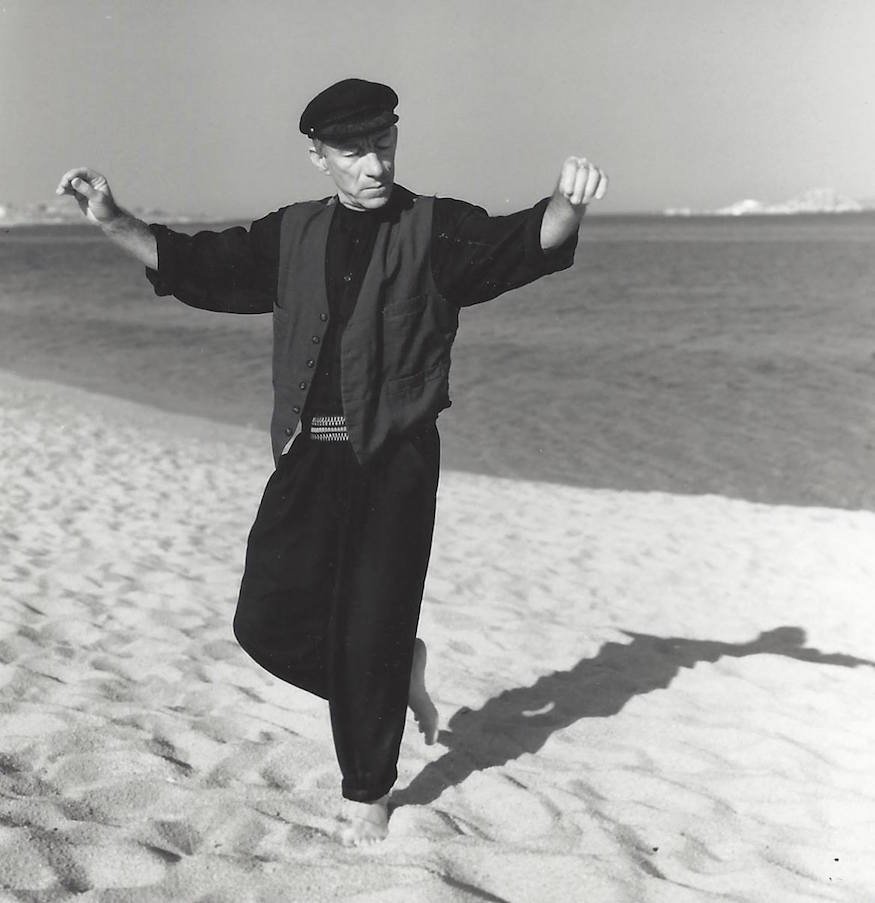
3. Breaking Traditional Boundaries: A Dance for Modern Times
If Zeibekiko’s origins were strictly male-dominated, its modern expression reflects the evolution of contemporary Greek society. Since being officially recognized on Greece’s National Inventory of Intangible Cultural Heritage in 2017, the dance has transcended its historical gender restrictions, welcoming women who bring their own interpretations to this powerful form of expression.
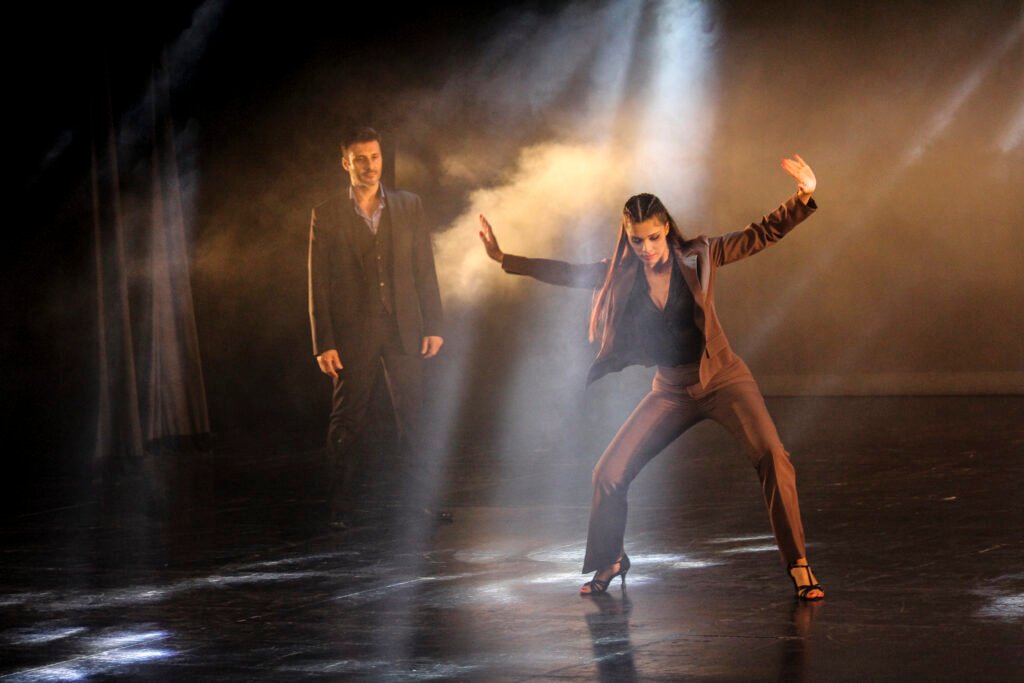
Within modern tavernas and cultural gatherings, you’ll find Zeibekiko performed in both traditional and contemporary styles. While some performers maintain its introspective nature, others have adapted the dance for modern audiences, including group performances that maintain the core 9/8 rhythm while allowing multiple dancers to perform simultaneously. This evolution has sparked debate among traditionalists who argue for preserving the dance’s solitary, meditative character.
The dance’s modern significance extends beyond Greece’s borders:
- It serves as a crucial cultural connection for Greek diaspora communities worldwide
- Modern dance schools and cultural centers now teach formalized versions of the dance
- Its presence in Greek cinema and media continues to influence contemporary culture
Today’s performances of Zeibekiko demonstrate the delicate balance between preservation and evolution. Whether in traditional solo expressions or modern adaptations, the dance continues to serve as a powerful outlet for personal expression, though some worry that increased focus on showmanship risks overshadowing its introspective roots. The challenge lies in maintaining the dance’s emotional authenticity while allowing it to evolve with contemporary Greek society.
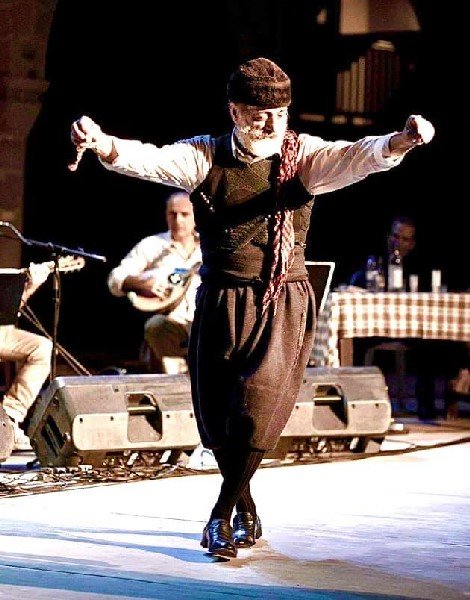
Conclusion
The journey of Zeibekiko from warrior tradition to modern cultural expression demonstrates how living traditions can evolve while preserving their soul. Through its distinctive rhythm, sacred personal space, and deep emotional resonance, this dance continues to capture the Greek spirit across generations. As it adapts to contemporary life while maintaining its profound individual character, Zeibekiko stands as a testament to the enduring power of authentic cultural expression.
